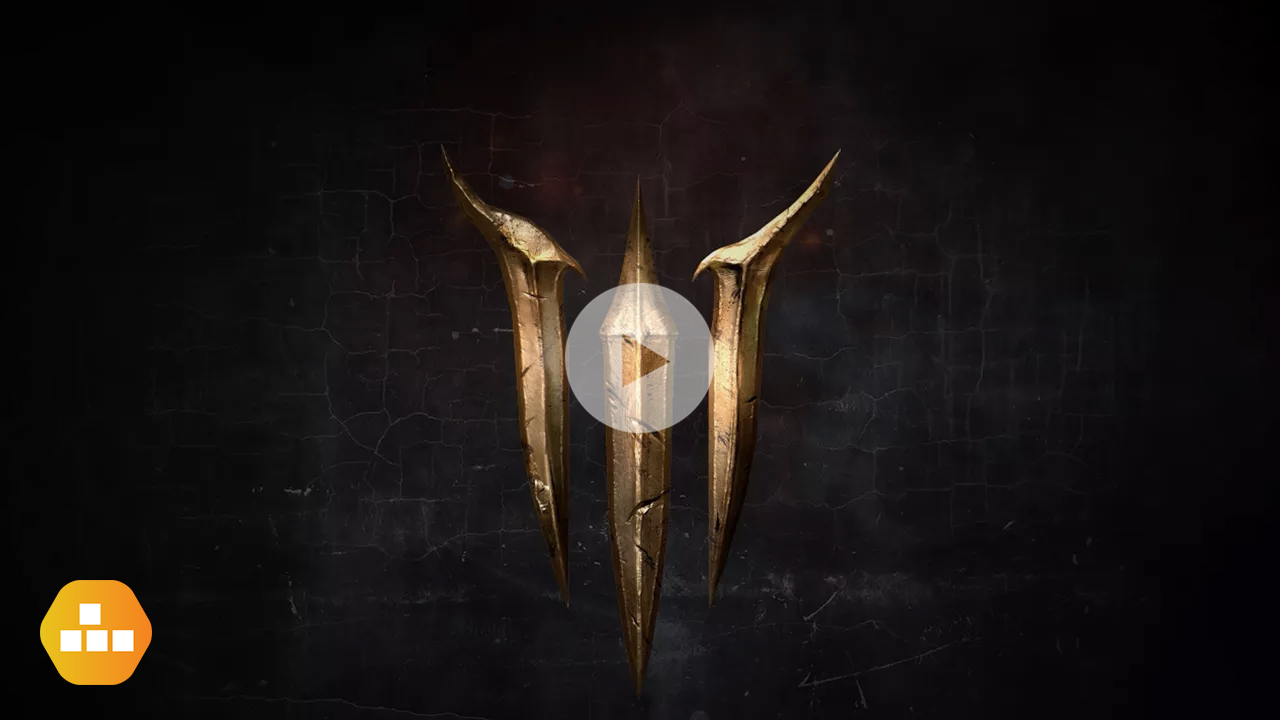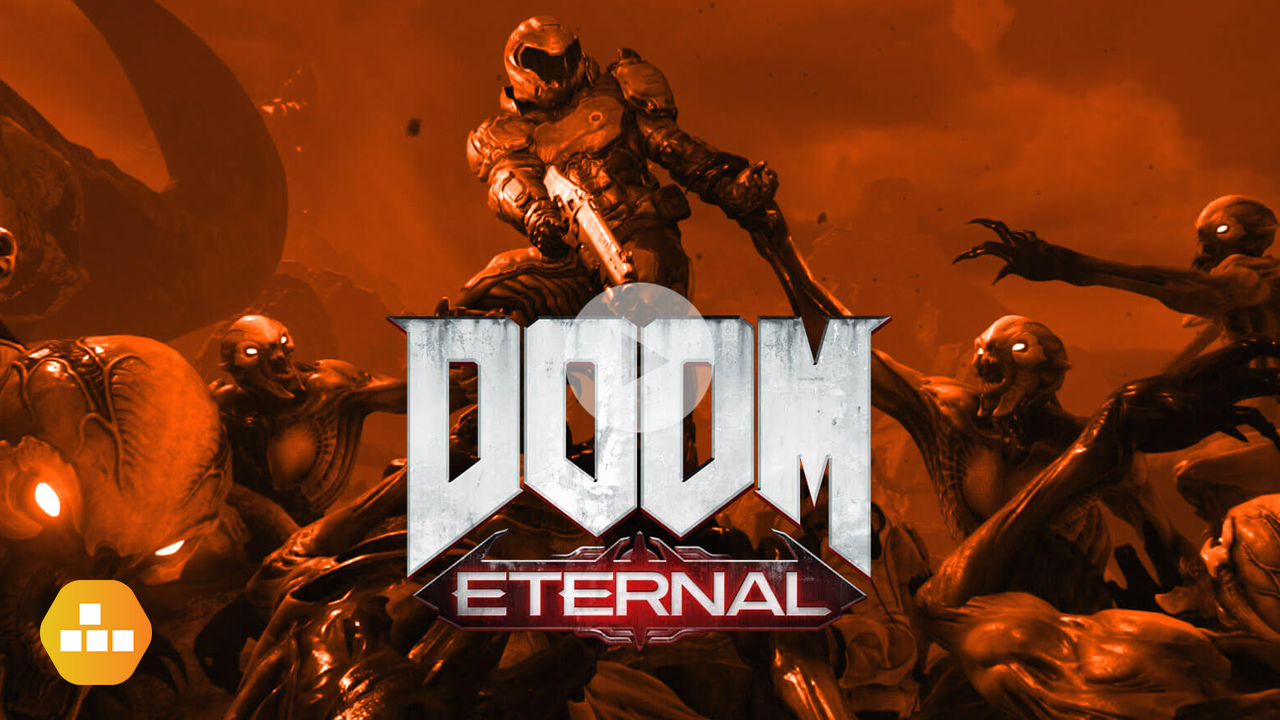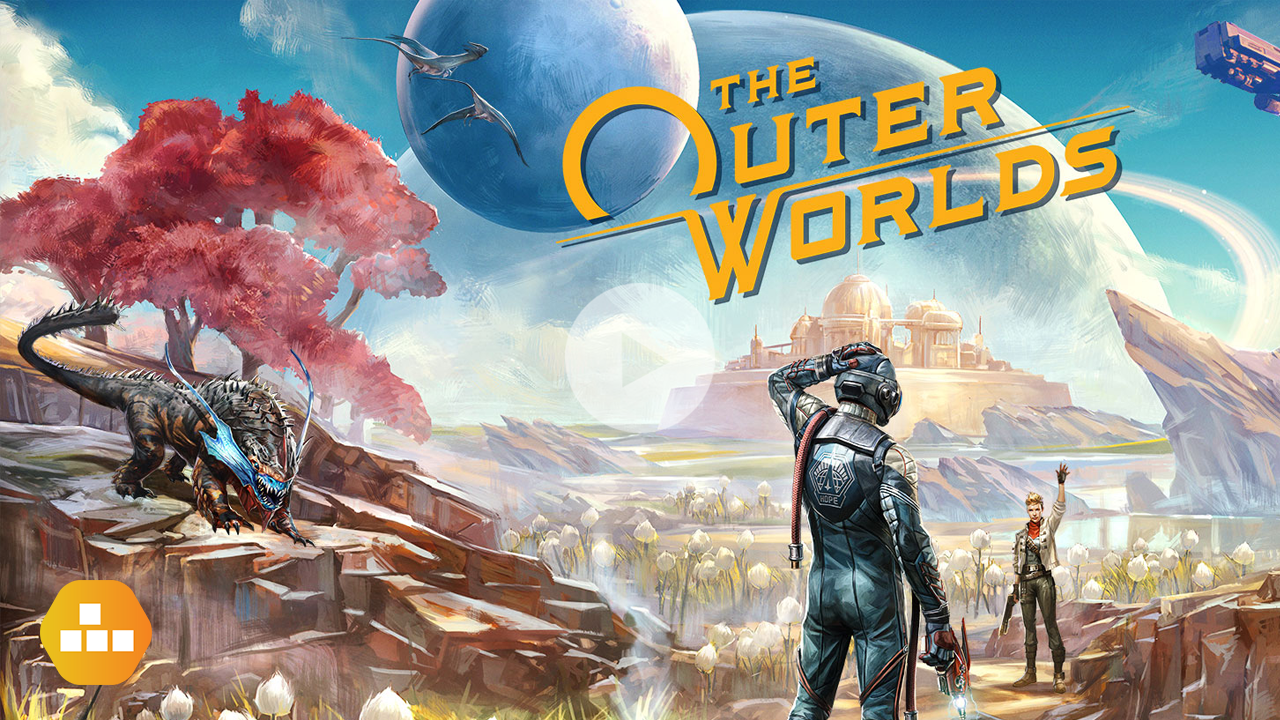SCANZONE
24.06.19 | ISSUE 63
The first half of June is a frantic time for the computer industry as a barrage of new hardware is announced at the Computex show in Taipei and a few day’s later a slew of new games at the E3 show in Los Angeles. We’re therefore dedicating this month’s Scanzone to the best and brightest new products from these shows. Read on to find out more about what the industry has been busy developing.
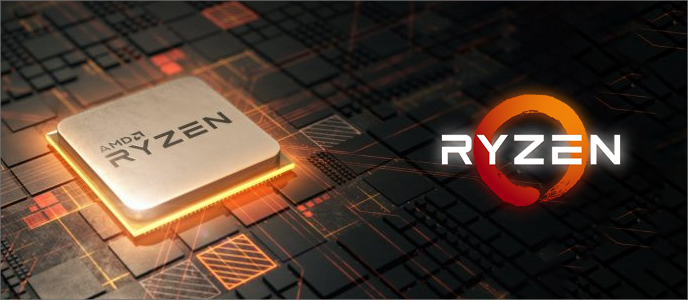
1. AMD Ryzen 3000-series CPUs
AMD used the Computex show to share a lot of information about the upcoming Ryzen 3000 series, which will be the third generation of Ryzen processors.
Based on the new and improved Zen 2 architecture, the new CPUs are made from 7nm transistors, enabling a significant increase in clock speed and core counts. So far AMD has publically shared details of six new models, which includes two 6-core Ryzen 5s, two 8-core Ryzen 7s, a 12-core Ryzen 9 plus a 16-core Ryzen 9 coming later in September.
I/O is also getting a big upgrade, adding in support for PCI-E 4.0, which doubles the transfer rate per lane from 985MB/s to 1.97GB/sec, unlocking more performance for compatible SSDs and GPUs. While the Ryzen 3000-series CPUs will be compatible with existing motherboards, if you do want to use PCI-E 4.0 SSDs and GPUs you’ll need a new motherboard based on the X570 chipset.
While our NDA with AMD prevents us from going into specifics now, the test results we’ve seen from our sample CPUs in the 3XS lab are really impressive, so this is shaping up to be a key launch for 2019 and well worth following over the coming months.
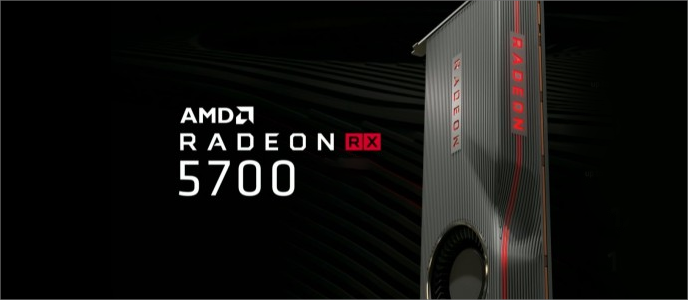
2. AMD Radeon RX 5700 graphics cards
AMD has also started to share more information about its next-generation gaming graphics cards. These have been rumoured for a while under the code name Navi, and are based on the new RDNA architecture, and like the new Ryzen 3000-series are also made from 7nm transistors.
What’s not clear at this stage is whether RDNA is a truly new architecture or yet another revision of the ageing GCN architecture. Either way, AMD has currently revealed the key specs of the first three RX 5700 models planned for launch in July. All three models have 8GB of GDDR6 memory, with the vanilla 5700 XT having 2,304 stream processors, and the 5700 XT plus a special 50th Anniversary Edition both having 2,560 stream processors, the latter having a slightly higher clock speed than the standard 5700 XT. As such it’s likely that despite the new architecture that the RX 5700 cards will be slower than the existing Radeon VIII, which has 3,840 stream processors and HBM2 memory.
As soon as we have benchmarks to share and confirmed pricing we’ll share it here on the Scan website.
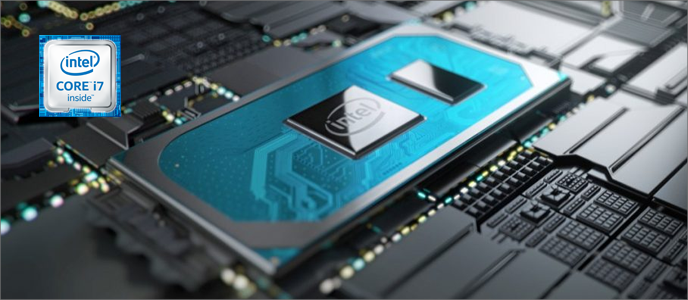
3. Intel 10nm CPUs on-route
Intel didn’t have any major new product announcements to make at Computex, but did confirm that it has started shipping its long delayed 10nm CPUs.
Codename Ice Lake, these new 10th gen Core processors will first start appearing in thin and light laptops and 2 in 1 laptops over the coming months. The new CPUs add in native support for Thunderbolt 3 plus a new Iris Plus GPU which according to Intel runs games twice as fast as existing CPU graphics.
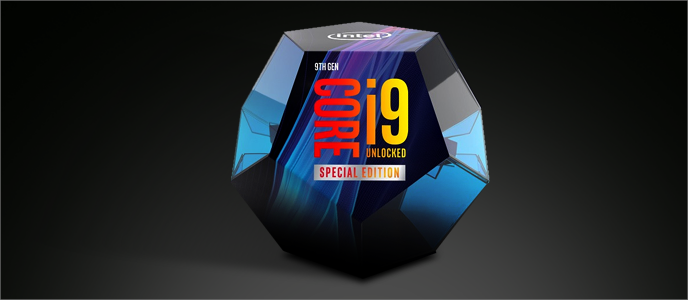
4. Intel 5GHz CPUs coming this year
Towards the end of 2019 Intel will start shipping a special edition Core i9 9900KS processor, which sets itself apart by running all its eight cores at 5GHz out of the box.
This is a major milestone in terms of factory clock speeds, although it is already possible to overclock the existing 9900K to 5GHz, so it will be interesting to see if the 9900KS has even more overclocking headroom when it appears towards the end of 2019.
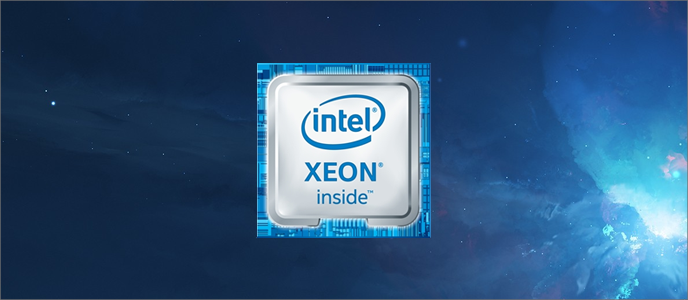
5. Intel Xeon W-3200 series
Intel also quietly without any fanfare also released a new series of Xeon W-3200 processors. These new CPUs are based on the same Cascade Lake architecture as 2nd gen Xeon Scalable server CPUs, but are for single-socket workstations.
This new series of workstation CPUs breaks with tradition by switching from Socket 2066 to Socket 3647, so they aren’t compatible with the existing Xeon W-2100 series. However they do now come with significantly more cores, up to 28 versus up to 18. The socket move also means the new CPUs have a 6-channel memory controller, although of course you can continue to use quad-channel memory, it just won’t run quite as fast in memory intensive applications.
Perhaps most notably the new Xeon W-3200 series ups the PCI-E controller from 48 to 64 lanes, which could be really beneficial in the fast-growing market of Deep Learning and AI workstations which pack in multiple graphics cards.
Once we’ve had a chance to put the new CPUs and motherboards through their paces we’ll let you know.
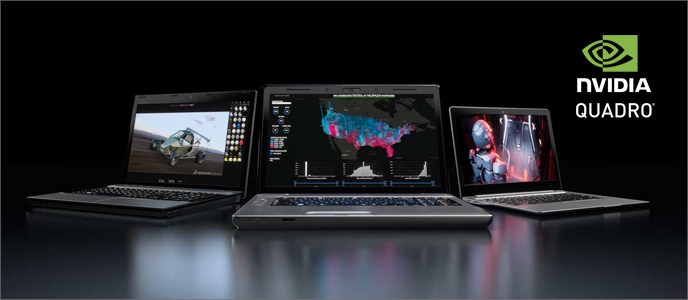
6. NVIDIA Quadro RTX coming to laptops
NVIDIA’s biggest announcement from Computex was the news that its Turing-based RTX architecture will be coming to workstation laptops in the second half of 2019.
The new range of Quadro RTX mobile GPUs consists the RTX 3000 with 2304 cores and 6GB of GDDR6, the RTX 4000 with 2,560 cores and 8GB of GDDR6 plus the RTX 5000 with 3,072 cores and 16GB of GDDR6. All three GPUs also sport varying amounts of Tensor cores and RT cores for hardware accelerated AI and ray tracing.

